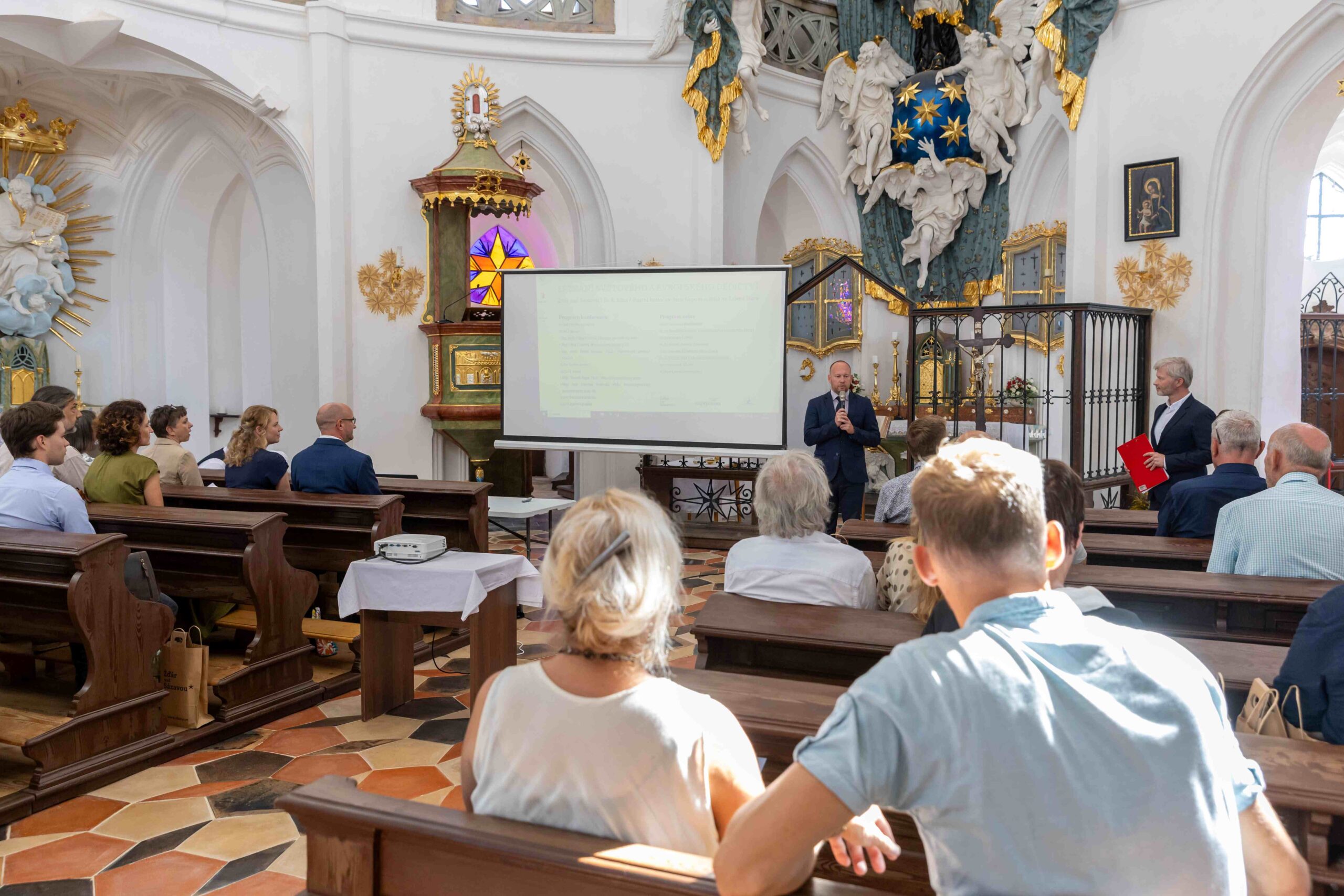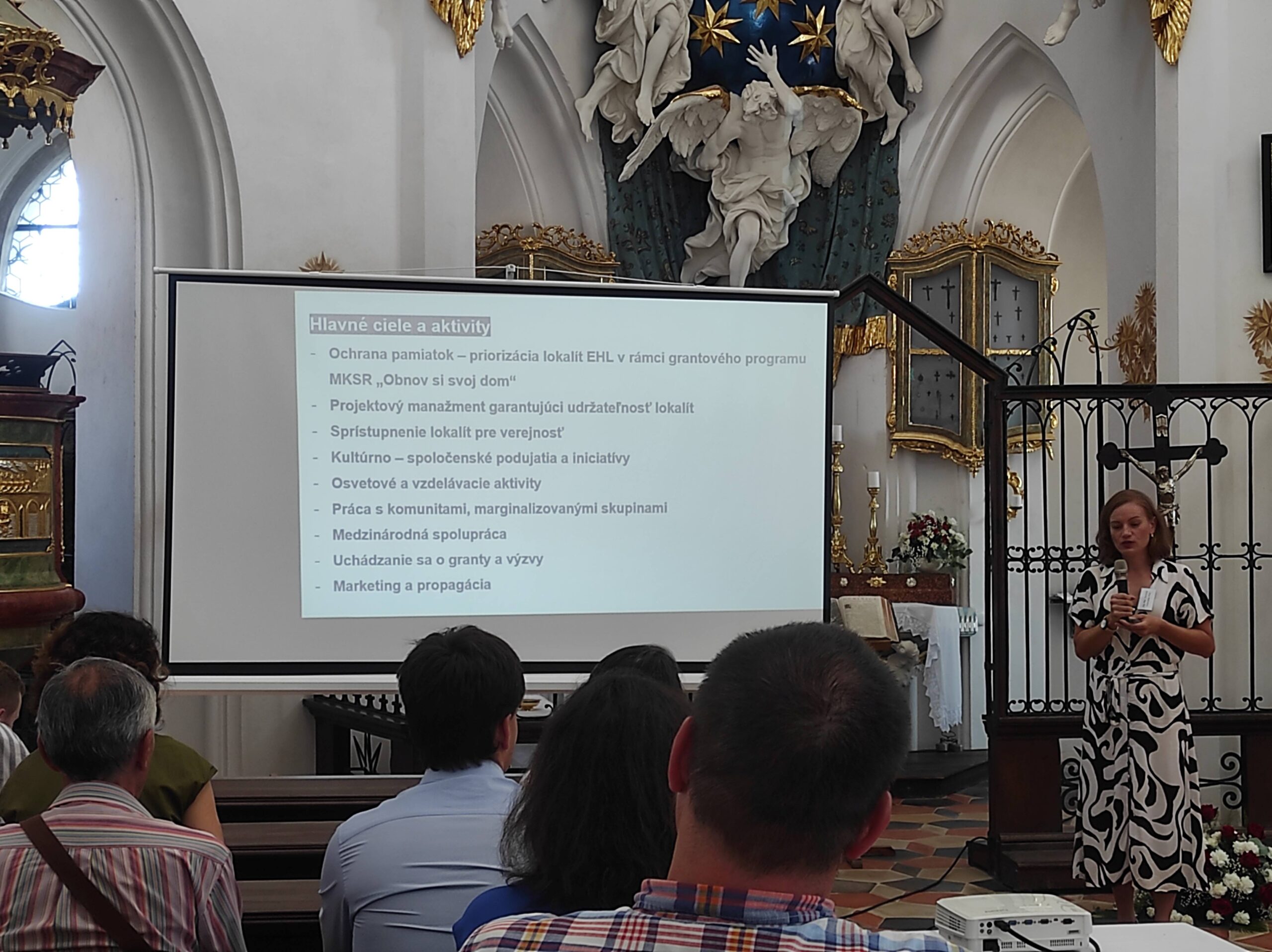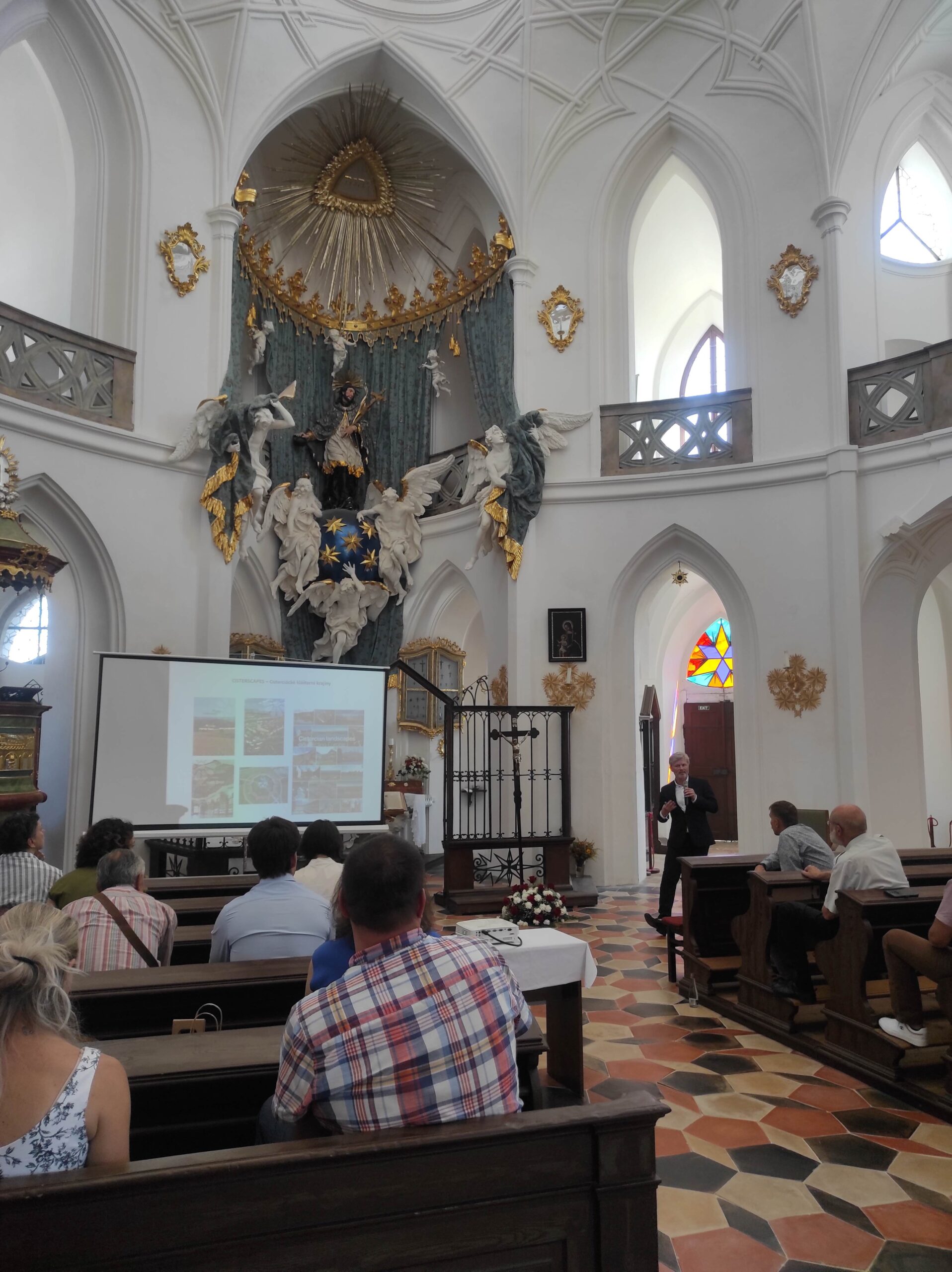UNESCO and Heritage Label Sites Meet in Žďár





The UNESCO World Heritage Sites and the holders of the European Heritage Label met in Žďár nad Sázavou (Czech Republic) on 16 August 2024 for a joint conference.
This year, the town of Žďár nad Sázavou marks the 30th anniversary of the significant moment when its most important monument – the Baroque pilgrimage church of St. John of Nepomuk on Zelená hora – was inscribed on the UNESCO World Heritage List. At the same time, it has been one of the landmarks holding the European Heritage Label since this year.
Žďár nad Sázavou, together with other European sites, is part of the CISTERSCAPES network—Cistercian Landscapes Connecting Europe, which is based on cooperation and linking places connected by the Cistercian Order and its influence on the development of Europe as a whole and the local landscape.
The theme of the conference in Žďár nad Sázavou was centered on the benefits and responsibilities that come with being inscribed on the UNESCO World Heritage List and holding the European Heritage Label. Discussions also explored the potential for cooperation at various levels—local, regional, cross-border, and international—among the participating sites.
The conference drew parallels between the historical collaboration that led to the construction of the pilgrimage church of St. John of Nepomuk and the modern-day cooperation needed to sustain and promote these heritage sites. The church, a masterpiece by architect Jan Blažej Santini-Aichel, was realized through the close partnership with Václav Vejmluva, the abbot of the Žďár monastery.
Expanding European Heritage Connections
One of the key outcomes of the conference was the establishment of new partnerships among European Heritage Label sites. These included the transnational CISTERSCAPES network, which spans Germany, the Czech Republic, Austria, Slovenia, and Poland, as well as Slovakia’s Medieval Wall Paintings in the Gemer and Malohont regions, and the Czech Republic’s Kynžvart Castle, known for its role in diplomatic meetings.
The conference underscored the importance of continued collaboration and exchange among these sites, emphasizing that maintaining and promoting Europe’s rich cultural heritage requires collective effort, dedication, and shared resources.
Cisterscapes – Cistercian Landscapes Connecting Europe (Austria, Czechia, Germany, Poland, Slovenia) was awarded the European Heritage Site in 2023.
